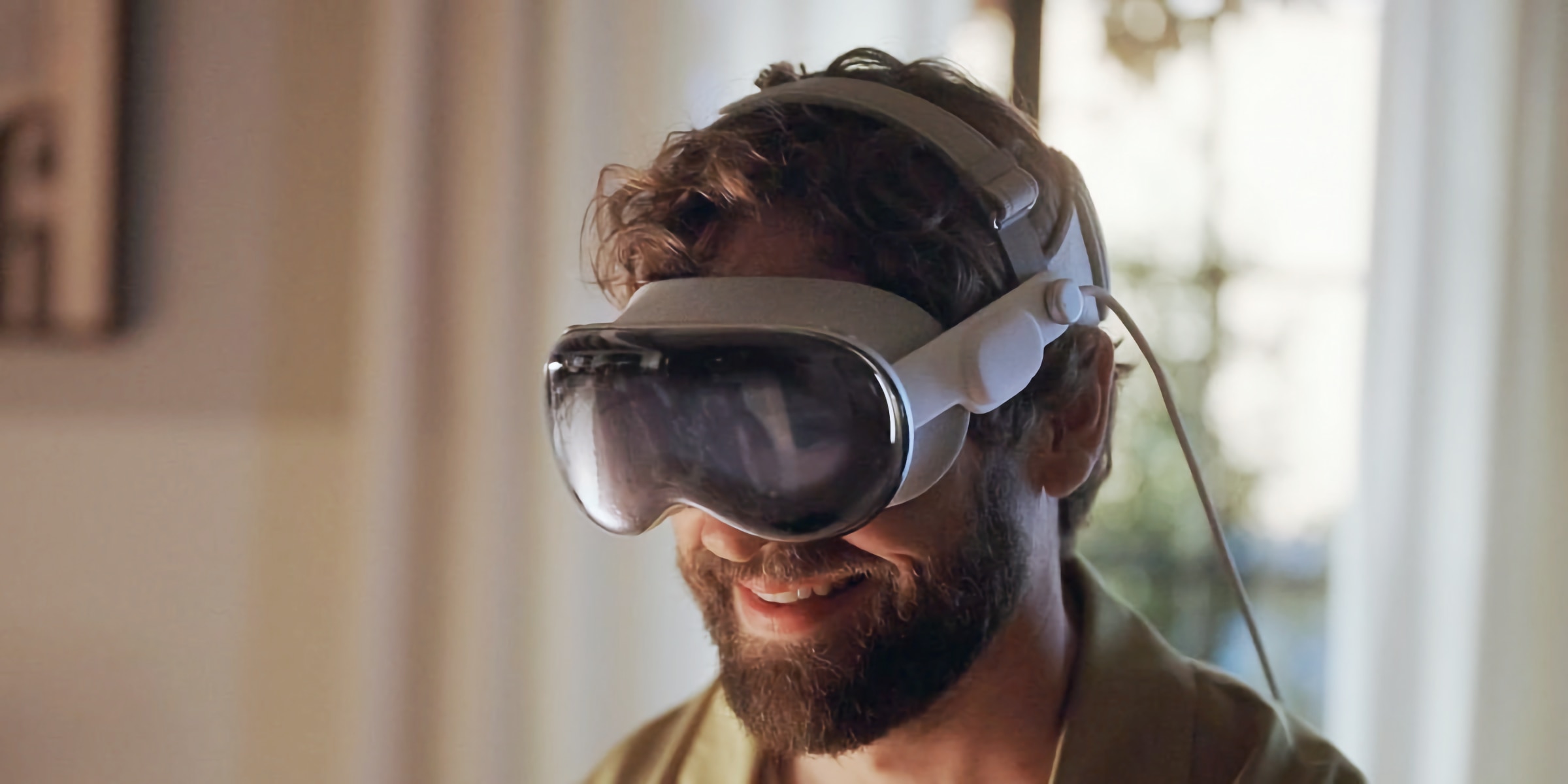
Sightful, nana, unveiled a new product last year called Spacetop G1, which is described as an “AR laptop.” That’s because the device consists of lightweight AR glasses combined with a laptop computer that has a keyboard and trackpad. Spacetop G1 is now available for pre-order, but what does it tell us about the future of AR/VR devices?
Spacetop G1 is a laptop connected to AR glasses
For those unfamiliar, Spacetop G1 is essentially a laptop without a screen. Instead, it is connected to special glasses with small 1080p displays to show you what is happening on the computer without obstructing the real world. 9to5Mac’s Seth Weintraub had the chance to try out the device earlier this month, and he was super excited about the possibilities.
So this is the first time I’ve actually seen AR turned into a real product. Sure, I lined up over a decade ago to try Google Glass. I play a bunch of games with my kids on Oculus. I’m always trying out the latest headgear. But I haven’t, until Spacetop, seen a finished product that I want to use. A lot.
Now this could be just one of many features Apple includes in its AR headset, and this company could be toast in a few weeks. But for me anyway, it is showing the next (yet familiar) step for the desktop UI in an augmented reality world.
In recent years, we have seen many companies betting on AR/VR devices. Apple officially joined this industry this year with the launch of the Apple Vision Pro, which mixes both augmented and virtual reality. But AR and VR aren’t exactly mainstream yet, so that begs the question: what is the ideal form-factor for such devices to make them appealing to most people?
AR glasses vs XR headsets
While Apple Vision Pro is undeniably one of the best headsets you can get in terms of technology, it does come with some downsides – such as being clumsy and heavy on your head. And because it relies on passthrough cameras, the real-world image may not look good in some scenarios.
On the other hand, AR glasses can be a little less intrusive. Not only because they’re more discreet, but also because you can see the real world with your own eyes from behind the screens. Although they’re not AR glasses, I recently tried the Ray-Ban Meta smart glasses with AI voice assistant and I really enjoyed the experience of having a discreet computer on my face.
My colleague Ben Lovejoy shares the same thoughts:
Even if you wouldn’t normally buy Ray-Ban, I still think $300 for the convenience of instant POV video capture, without having to take your phone from your pocket, is good value. Add in the fact that you get some headphones thrown in (albeit ones I’d only personally use for voice), and it’s a very convenient package at a very decent price.
I’m not particularly attracted to Spacetop G1 the way it is today. However, the idea of AR glasses excites me much more than full XR headsets. I do believe that AR glasses are the future, and I hope that Apple will eventually introduce its own glasses.

What are your thoughts on AR glasses? Let us know in the comments section below.
FTC: We use income earning auto affiliate links. More.



Comments